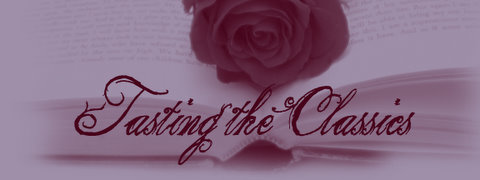
"These definitions in themselves show that everyone,
even the most Ignorant and those with no
interest in the Spiritual, perceives the eternal gulf that has arisen between
the painting of yesterday and the painting of today. An eternal gulf. Yesterday
we did not have art."
“The fat bourgeois have shifted their shameful attention
from the artist, and now this magician and sorcerer has the chance of escaping
to the transcendental secrets of his art.”
“The component elements into which the essential nature of
painting can be broken down are:
I.
Line
II.
Surface
III.
Color
IV.
Texture
To a certain extent Elements I and II were properties, peculiarities
of old painting as well. But I and IV are those fabulous realms that only our twentieth
century has discovered and whose painterly significance Nature has revealed to
us. Previously painting only Sa, now it Feels. Previously it depicted an object
in two dimensions, now wider possibilities have been disclosed… I am not
talking about what the near future will bring us (this has already been
discovered by such artists as P. P. Konchalovsky)- a Sense of Visual
ponderability- A Sense of color Smell. A sense of duration of the colored
moment… (I. I. Mashkov).”
“The man deprived of a Painterly understanding of Nature
will, when looking at Cezanne’s landscape the House, understand it puerely
narritavely: (I) “house” (2) mountains (3) trees (4) sky. Whereas for the
artist, there existed I linear construction II surface construction (not fully
realized) and III color orchestration. For the artist, there were certain lines
going up and down, right and left, but there wasn’t a house or trees… there
were areas of certain color strength, of certain character. And that’s all.”
An artist’s experience painting.
“Painting of the past, too, seemed at times to be not far
from conceiving Nature as Line (of a certain character and of certain intensity)
and colors (Nature as a number of colored areas- this applies Only to the
Impressionists at the end of the ninetheenth century). But it never made up its
mind to analyze visual Nature from the viewpoint of the essence of its surface.
The conception of what we see as merely a number of certain definite sections
of different surface Planes arose only in the twentieth century under the name
of Cubism. Like everything else, Cubism has its history. Briefly, we can
indicate the sources of this remarkable movement.”
“A few years ago artists wouldn’t have forgiven themselves
if they’d talked about the aims, tasks, and essence of Painting. Times have
changed. Nowadays not to be a theoretician of painting means to reject an
understanding of it.”
“It has been known for a long time that what is important is
not the what, but the how, i.e., which principles, which objectives, guided the
artist’s creation of this or that work! it is essential to establish on the basis
of which canon it (the work) arose! It is essential to reveal its painterly nature!
It must be indicated what the aim in Nature was that the artist of the given
picture was So attracted by. And the analysis of painterly phenomena will then
be a Scientific criticism of the subject.”
“Disharmony is the opposite of harmony.
Dissymmetry is the opposite of symmetry.
Deconstruction is the opposite of construction.
A canon can be constructive.
A canon can be deconstructive.
Construction can be shifted or displaced
The canon of displaced construction.
“The existence in Nature of visual poetry- ancient,
dilapidated towers and walls- points to the essential, tangible, and forceful
supremacy of this kind of beauty.”
----------------------------------------------------------------------------------------------------------------------David Burliuk seemed to have had a great personality. His energy is one of the most inspiring out of the Russian Avant-garde movement.
--
Publishing Information:
Russian Art of the Avant Garde Theory and Criticism Revised and Enlarged Edition edited by John E. Bowlt



